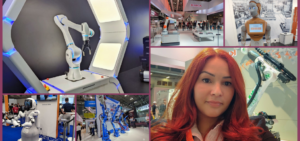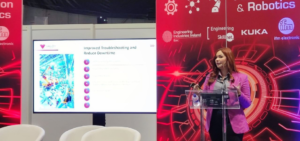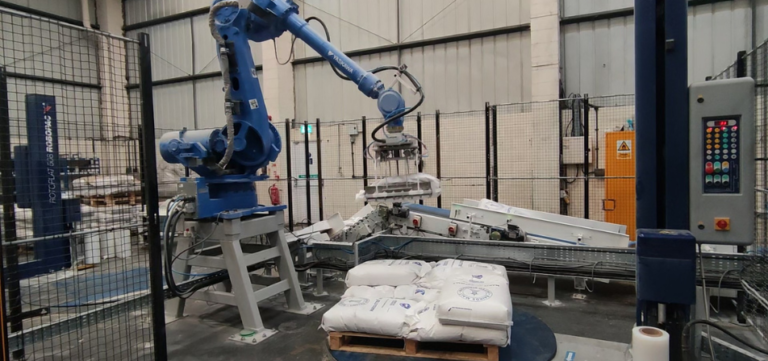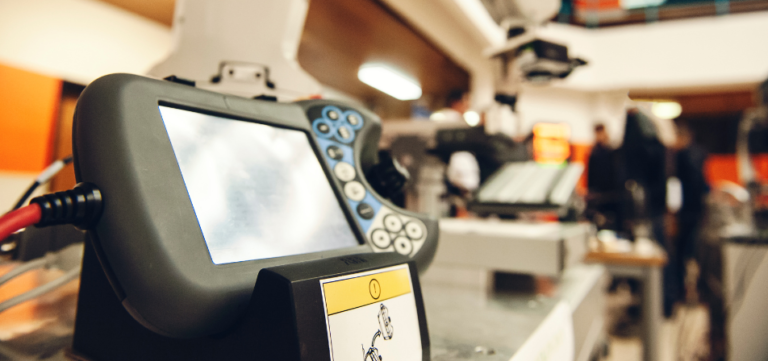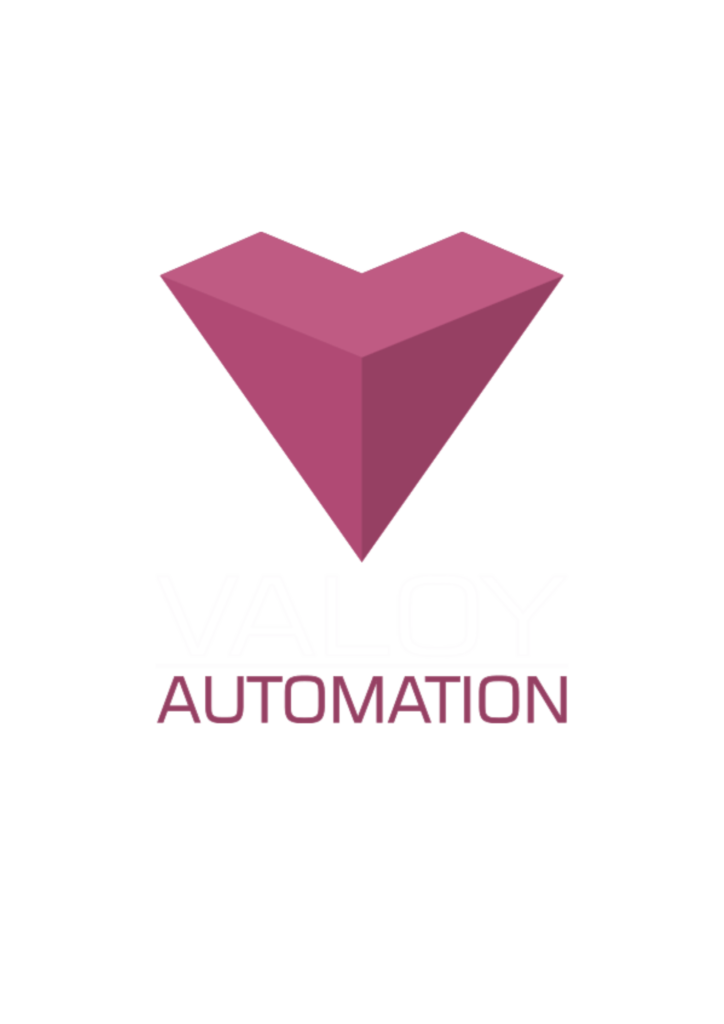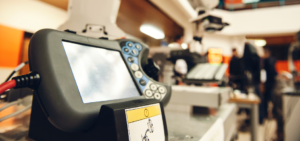
Case Study
Real-World Solutions to Complex Challenge
Case Study – Robot Programming Improvement at Loughran Brewers Select
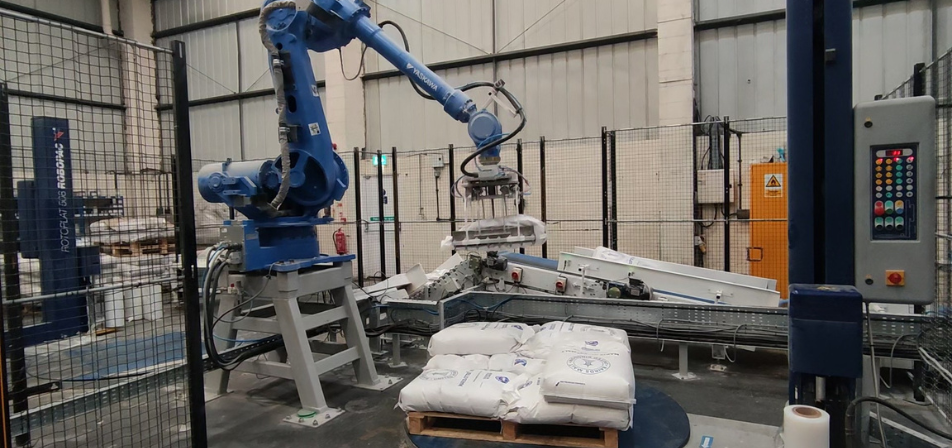
Overview
Loughran Brewers Select specializes in supplying brewers with a comprehensive selection of high-quality ingredients, positioning itself as an indispensable resource for crafting exceptional beer. Amidst a surge in product demand, the company encountered operational challenges while relying on a single robot for bag palletization. These challenges, including bag misplacement and misaligned layers, disrupted the smooth operation of their palletization process, highlighting the importance of efficient robotic programming in brewery operations.
Problem
The robotic palletization system encountered numerous challenges that impacted its efficiency, productivity, and accuracy in robot programming. With a total of 55 distinct subprograms, some performing redundant tasks, the system faced complexity and management hurdles. Moreover, calculation errors led to inaccuracies in bag measurements across all 8 products, resulting in imprecise product positioning and unnecessary robot movements, consequently increasing cycle time. Additionally, inadequate collision detection heightened safety concerns due to the system’s ineffective response to collisions.
Solution
Optimizing Robotic Programming
The system underwent significant improvements in robot programming, notably reducing subprograms from 55 to 38. Precision calculations were implemented to ensure accurate product layer positioning, eliminating calculation errors and bag misalignment on the pallet. Subprograms were standardized and optimized for both left and right sides, reducing redundancy and enhancing overall robot efficiency. Additional subprograms were introduced to enhance product stability before placement, minimizing inaccuracies during the process.
Collision Detection Enhancement
Collision detection was enhanced by reducing tolerance, prioritizing safety and making the robot more safety-conscious.
Team Training
Comprehensive training was provided to the project team to proficiently manage the optimized system, its new features, and subprograms.
Result
The implementation of these solutions, including advanced robot programming, led to substantial improvements in the system’s performance. This encompassed a reduction in the number of subprograms, the streamlining of operations, the enhancement of system manageability and efficiency, the improvement of placement accuracy, the increase in overall efficiency, and the enhancement of machine performance. Moreover, safety was significantly enhanced through improved collision detection mechanisms.
- SubPrograms from 55 to 38
- Increase machine performance by 80%
- Downtime reduced by 50 %
- BEFORE: 240 parts in 8h shift
- AFTER: 1440 parts in 8h shif




